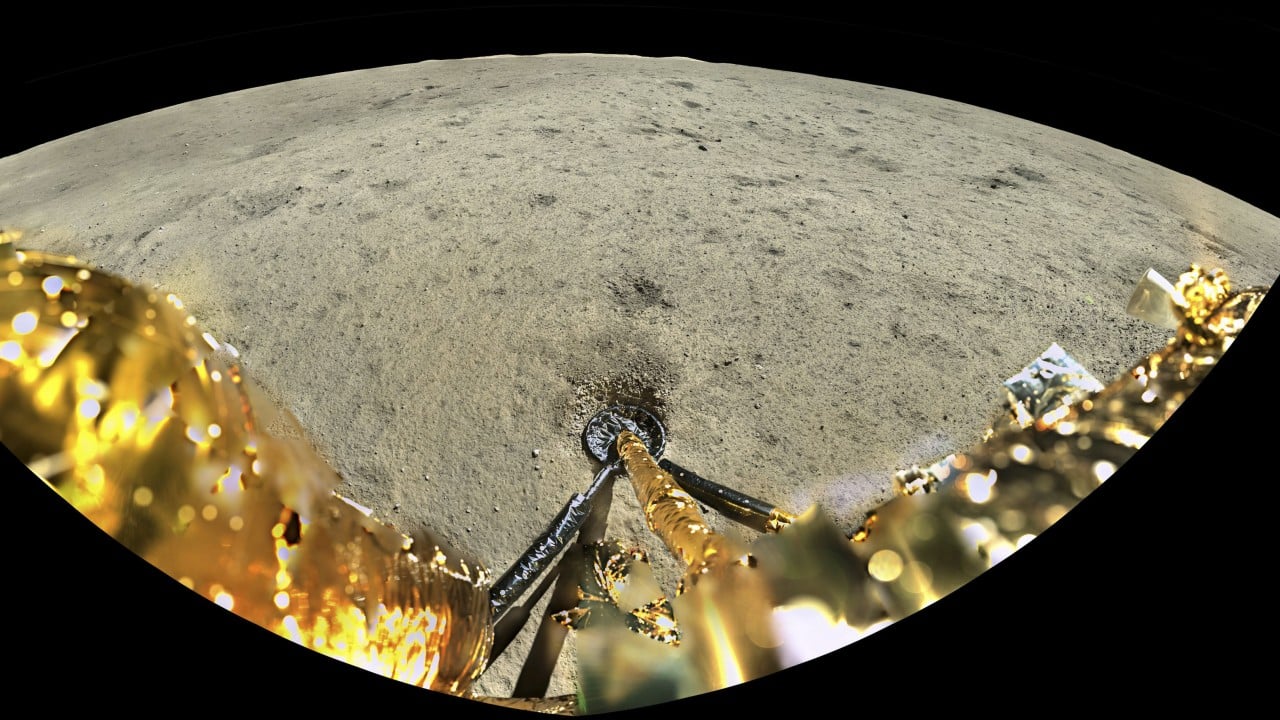A year after China returned the first rock samples from the moon’s far side, scientists are debating whether the mission has answered a central question in lunar science – and whether the country’s rising scientific dominance is challenging who gets to tell the story of the moon’s past.
Advertisement
While a team of Chinese researchers believes they may have nailed down the age of the moon’s largest and oldest crater – a colossal impact basin that could hold clues to the early solar system – other scientists, mostly from the West, remain unconvinced.
Some say the ancient rocks may have come from a different impact and were tossed to the landing site. Others suggest the rocks may not have come from an impact at all, but from magma that cooled slowly underground.
“I don’t think the 4.25-billion-year age is 100 per cent certain, but it’s the most credible number we have so far – more reliable than model-based crater counting or meteorites with unknown origins,” said planetary scientist Yang Wei of the Institute of Geology and Geophysics in Beijing.
“It’s based on the only direct evidence we’ve ever collected and measured from the South Pole-Aitken (SPA) basin,” said Yang, who was not directly involved in the study but coordinates a nationwide research effort that gave select teams early access to samples from the Chinese lunar mission Chang’e‑6.
Advertisement
The findings, which he described as the most important among a collection of five papers submitted to the journal Nature for peer review last September, were rejected twice by a review panel dominated by Western scientists.

